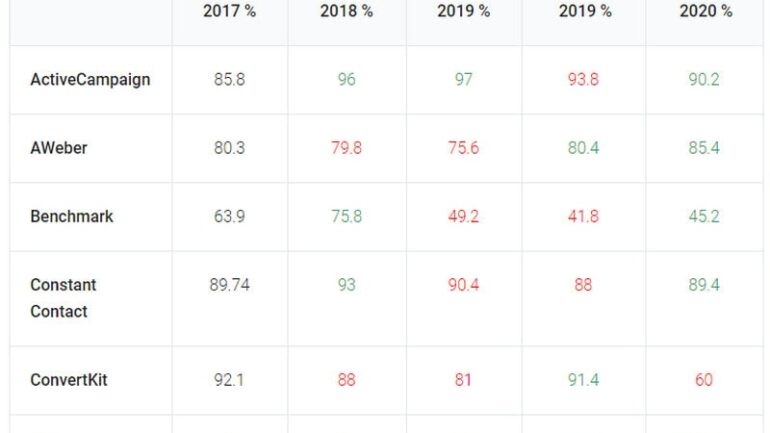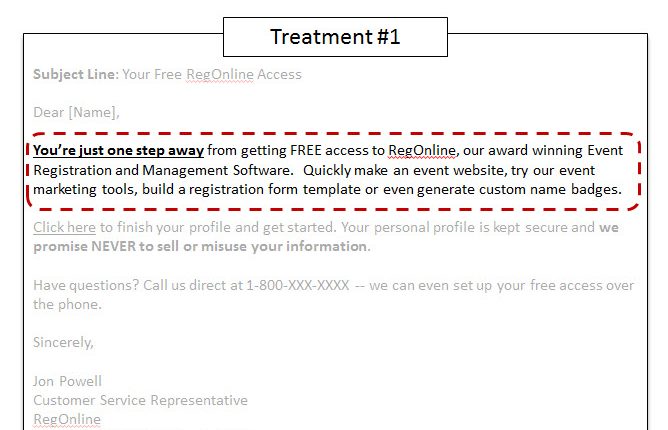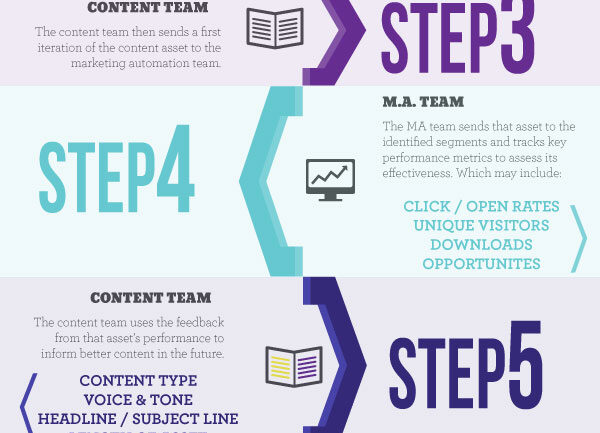Introduction
KPIs (Key Performance Indicators) play a crucial role in measuring the success of any business or project. They provide valuable insights into performance, allowing organizations to make data-driven decisions and improve overall efficiency. However, understanding and identifying the right KPIs can be a daunting task for many. In this blog post, we will demystify the concept of KPIs and provide you with actionable tips on how to identify and track the most relevant KPIs for your specific goals.
Understanding Key Performance Indicators (KPIs)
Key Performance Indicators (KPIs) are measurable values that enable businesses to track their progress towards achieving specific goals. These indicators provide valuable insights into various aspects of a company’s performance, allowing decision-makers to make informed and data-driven decisions. By identifying and tracking KPIs, businesses can effectively monitor their performance, measure success, and identify areas for improvement.
The Importance of Identifying KPIs
Identifying and defining KPIs is crucial for businesses as it provides a clear understanding of what needs to be measured and monitored. The process of identifying KPIs involves aligning them with business objectives, strategies, and desired outcomes. By doing so, organizations can ensure that they focus on the most critical factors that contribute to their success.
Aligning KPIs with Business Objectives
When identifying KPIs, it is essential to align them with the overall business objectives. Each department or team within an organization may have different KPIs that are relevant to their specific goals. For example, a marketing team may track KPIs related to lead generation or website traffic, while a sales team may focus on KPIs related to conversion rates or revenue.
Specific, Measurable, Attainable, Relevant, Time-bound (SMART) KPIs
Effective KPIs are often created using the SMART framework. This means that they should be Specific, Measurable, Attainable, Relevant, and Time-bound. Specificity ensures that the KPIs are clear, leaving no room for ambiguity. Measurability allows for tracking progress and determining whether the KPI has been achieved or not. Attainability ensures that the KPIs set can realistically be achieved within the given resources and time frame. Relevance ensures that the KPIs are directly tied to business objectives, and being time-bound adds a sense of urgency and accountability.
Common Types of KPIs
There are various types of KPIs that businesses can track, depending on their industry and specific goals. Here are some common types of KPIs:
Financial KPIs
Financial KPIs focus on the financial health and performance of a company. Examples include revenue growth, profit margin, return on investment (ROI), and cash flow. These KPIs provide insights into the overall financial success of the organization.
Operational KPIs
Operational KPIs measure the efficiency and effectiveness of an organization’s operations. These KPIs can include metrics such as production output, quality control, delivery time, and customer satisfaction. Tracking operational KPIs helps businesses identify bottlenecks, streamline processes, and improve overall operational performance.
Customer KPIs
Customer KPIs focus on understanding and improving the customer experience. Examples include customer satisfaction scores, customer retention rates, and customer lifetime value. By tracking these KPIs, businesses can identify areas for improvement in their products, services, and customer support.
Marketing KPIs
Marketing KPIs help measure the effectiveness of marketing efforts in generating leads, driving website traffic, and increasing brand awareness. Examples include conversion rates, click-through rates, cost per acquisition (CPA), and social media engagement. By tracking these KPIs, businesses can optimize their marketing strategies and campaigns.
Employee KPIs
_max_bytes(150000)_strip_icc()/Key-Performance-Indicators-e2cedcbe530c4440bb21a22bdf7dc63f.png)
Employee KPIs focus on individual and team performance within an organization.
Summary
Key Performance Indicators, commonly known as KPIs, are metrics that help businesses and individuals measure progress towards their goals. By tracking these indicators, organizations gain visibility into their performance and can make informed decisions to drive success. This blog post will guide you through the process of identifying and selecting the most relevant KPIs for your specific objectives. We will discuss the importance of aligning KPIs with business goals, determining the right metrics to measure, and establishing a tracking system. With hop over to this website these insights, you will be equipped to effectively monitor and improve performance using KPIs. Stay tuned for actionable tips and best practices!

Hello, I’m Aiden Hibbins, a passionate and experienced Content Strategist specializing in Social Media Marketing, Web Design and Development, and SEO Optimization. With a deep understanding of the digital landscape, I strive to help businesses and individuals create compelling and effective online content strategies.




